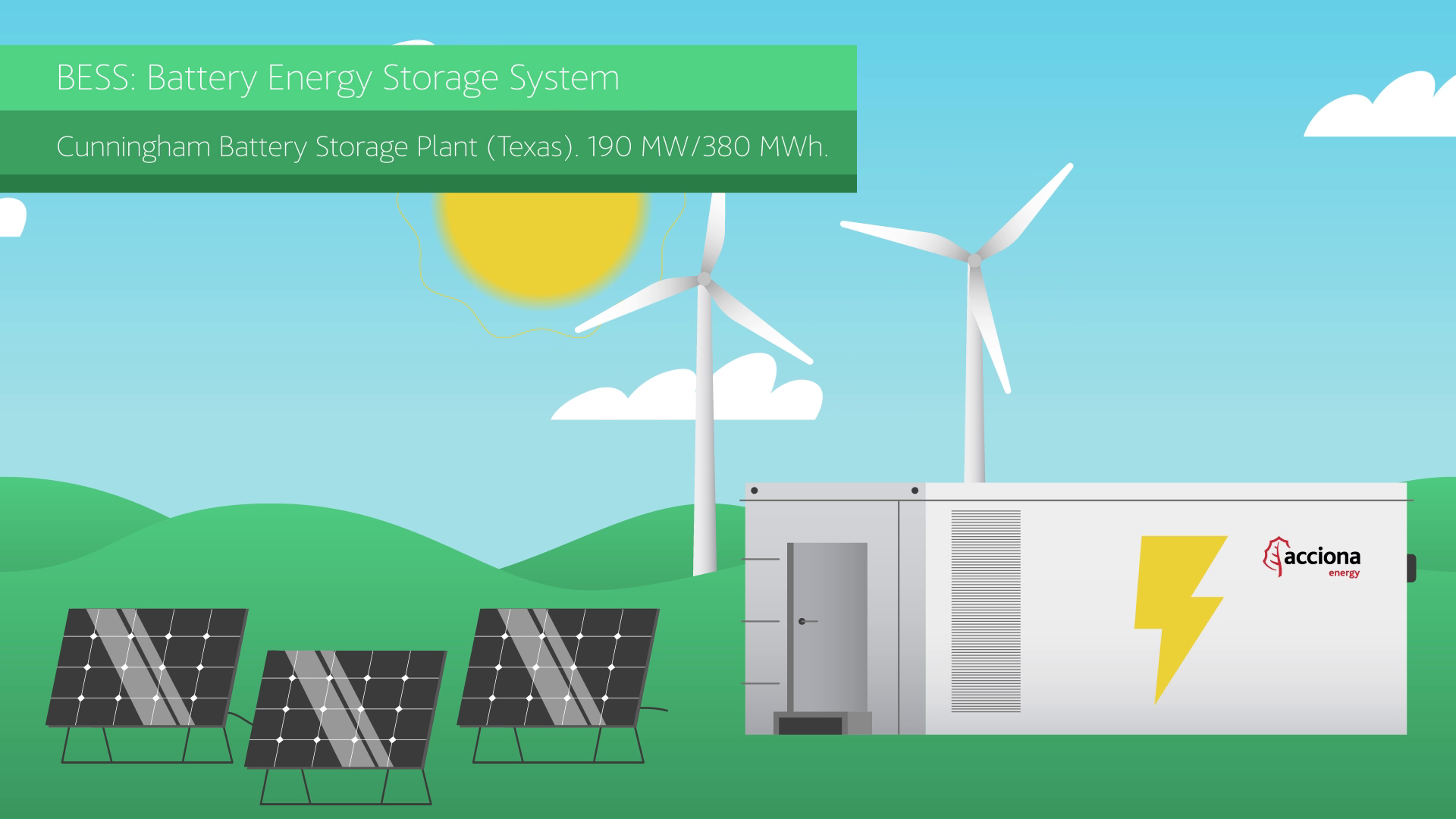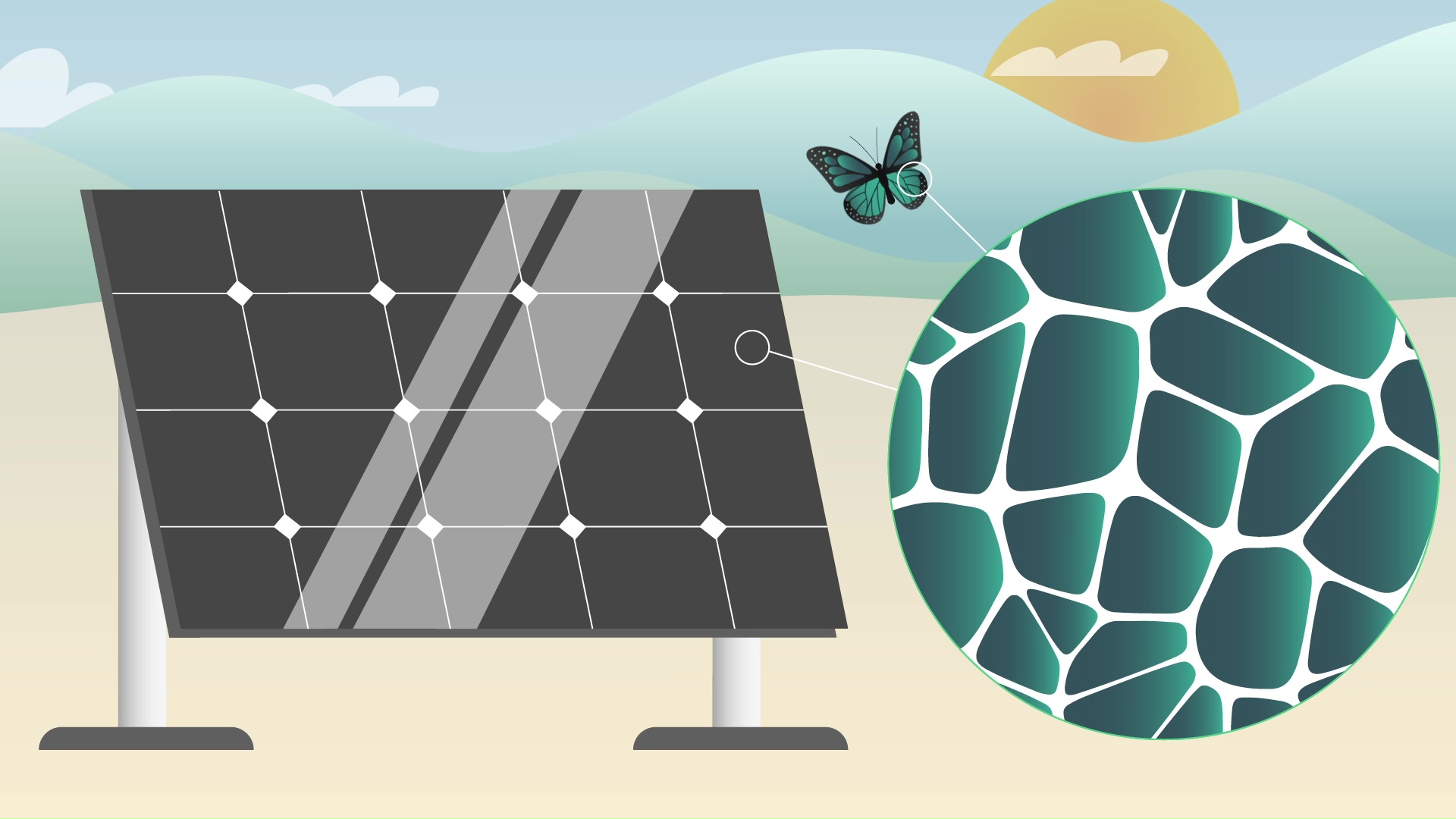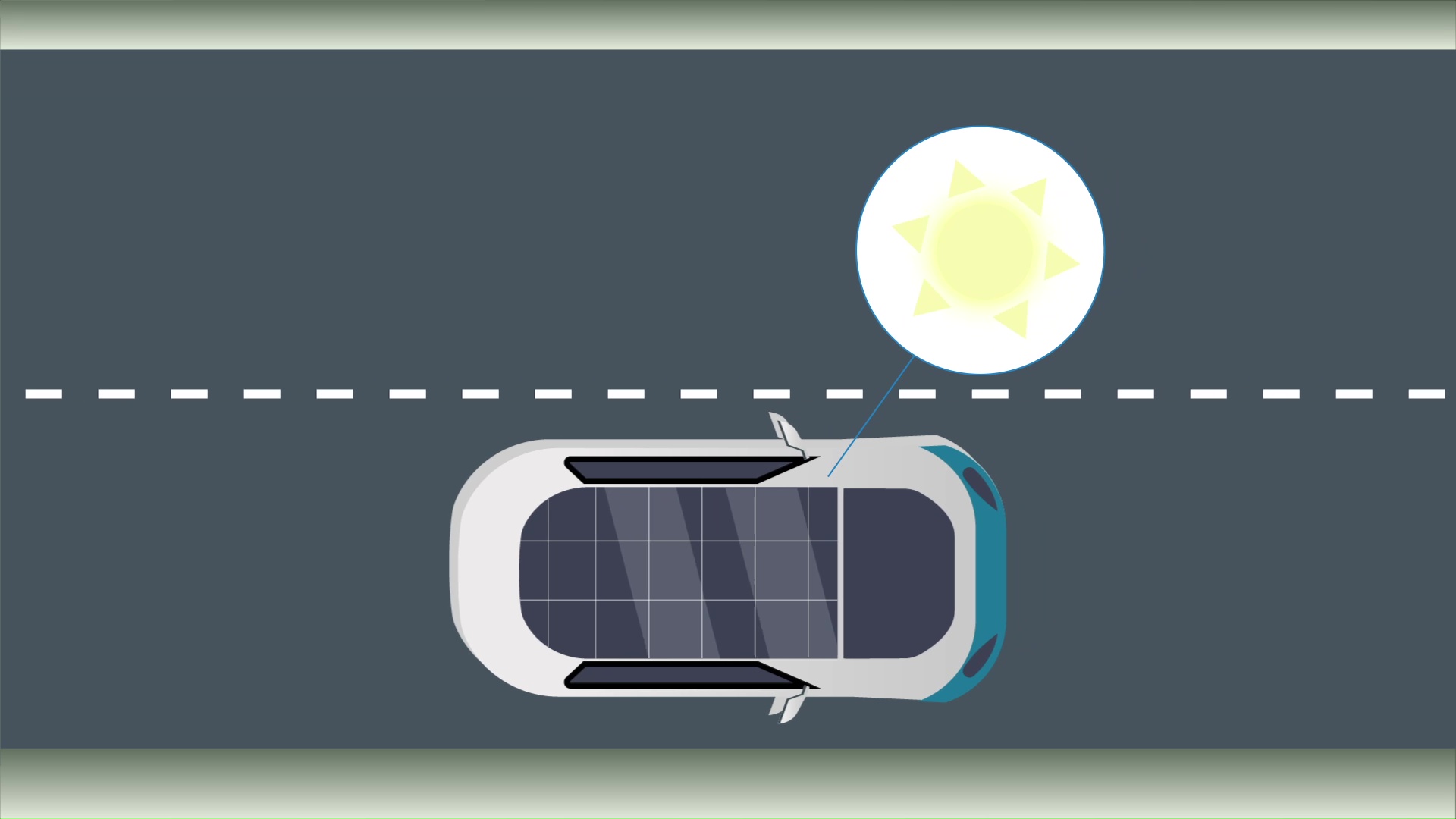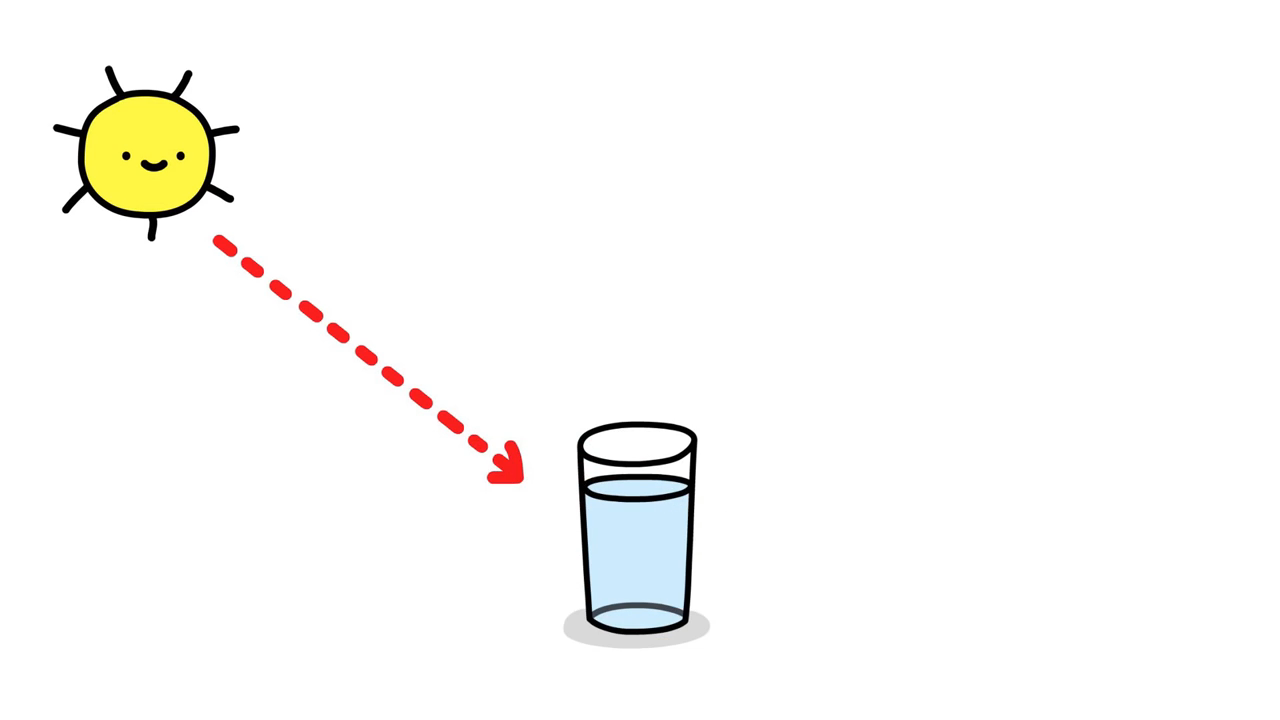Saltwater Batteries: A New Wave in Renewable Storage
Saltwater-based aqueous batteries could be edging closer to commercial viability, thanks to a promising breakthrough.
The Fraunhofer Institute is developing a deep-sea energy storage system based on submerged concrete structures.
Saltwater-based aqueous batteries could be edging closer to commercial viability, thanks to a promising breakthrough.
This autonomous, electrically powered device marks a breakthrough in making geothermal energy accessible to households.
The rise of electric vehicles (EVs) is transforming transportation and opening new possibilities for reusing their batteries beyond their initial purpose in vehicles.
Renewable energies are expanding their potential with nearshore locations, offering a range of unique advantages.
Green hydrogen, generated from renewable energy sources, has the potential to transform agriculture into a more sustainable and emissions-free sector.
After proving their worth over several decades, a new generation of wind turbines is now replacing existing installations with more powerful and efficient units.
This technology enables the transportation of increasingly larger blades to remote areas without the need for extensive route modifications.
Read the most discussed articles
Solar thermal energy, also called solar thermal power or thermoelectric energy, is a renewable energy that uses the heat of the sun to produce clean electricity on a large scale. Like photovoltaic energy, which uses light energy from the sun captured by solar cells, solar thermal technology uses the sun's heat to warm a fluid, produce steam, and generate electricity in a conventional thermal process. There are also several technologies used to produce thermal energy: parabolic trough and central tower, primarily.
Solar thermal energy, also called solar thermal power or thermoelectric energy, is a renewable energy that uses the heat of the sun to produce clean electricity on a large scale. Like photovoltaic energy, which uses light energy from the sun captured by solar cells, solar thermal technology uses the sun's heat to warm a fluid, produce steam, and generate electricity in a conventional thermal process. There are also several technologies used to produce thermal energy: parabolic trough and central tower, primarily.









